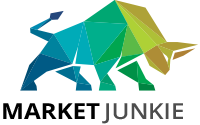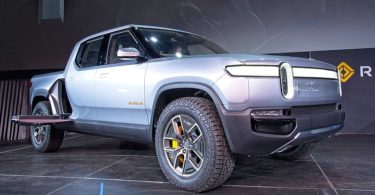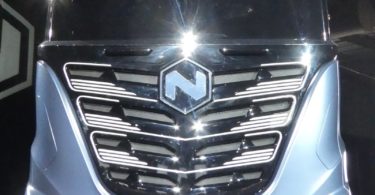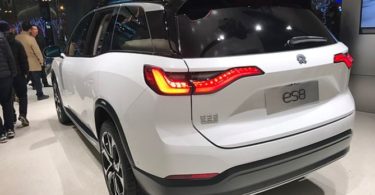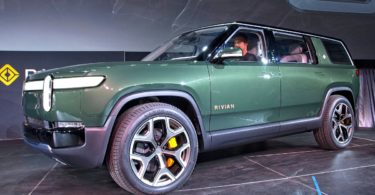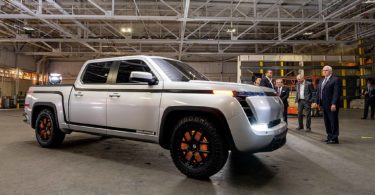The infusion of Large Language Models (LLMs) into the domain of autonomous driving represents a forward leap in augmenting the intelligence and functionality of self-driving technologies.
The collision of these two revolutionary technologies opens up a plethora of possibilities that transcend traditional boundaries in the autonomous vehicle (AV) landscape.
This report delves into how LLMs, with their inherent capability to process and generate human-like text, are playing a pivotal role in advancing autonomous driving.
Enhanced Communication:
Vehicle-to-Human Interaction: LLMs facilitate intuitive vehicle-to-human interaction through natural language processing (NLP). Enabling autonomous vehicles to comprehend and produce human language enhances user experiences by fostering seamless communication between the vehicle and the occupants or users.
Vehicle-to-Vehicle (V2V) and Vehicle-to-Infrastructure (V2I) Communication: LLMs contribute to the enhancement of V2V and V2I communications by deciphering and generating messages, thereby assisting in the conveyance of critical information among vehicles and infrastructure in a coherent manner, which can potentially improve traffic flow and safety.
Advanced Decision-Making:
Scenario Understanding and Resolution: Embedding LLMs into the AV system aids in refining decision-making through better scenario understanding and resolution. The ability of LLMs to interpret complex, context-rich scenarios and generate viable solutions enhances the AV's capacity to navigate through intricate traffic situations.
Enhanced Data Processing: LLMs possess the ability to process enormous amounts of textual data, drawing insights that can be utilized to enhance the decision-making capabilities of AVs. They can interpret data from sensors, satellite navigation, and other sources, subsequently providing robust data analytics and insights for better navigational decision-making.
Facilitating Predictive Maintenance:
Diagnostics and Reporting: LLMs can process vast datasets pertaining to the vehicle’s health and operational status. By synthesizing this data, they can generate comprehensive reports and predict potential maintenance needs, thereby mitigating the risks of unforeseen breakdowns and ensuring consistent performance.
Enhanced Alert Systems: LLMs allow for the development of advanced alert systems that can inform users of imminent mechanical issues in an easily comprehensible language, thereby bridging the gap between complex vehicular data and user-friendly information.
Safety and Compliance:
Improved Safety Protocols: By understanding and generating text based on various driving scenarios, LLMs can aid in establishing and enhancing safety protocols, providing guidelines and strategies that ensure the secure operation of AVs.
Legal and Regulatory Compliance: LLMs facilitate adherence to legal and regulatory norms by ensuring that autonomous driving systems are abreast of, and compliant with, the myriad of vehicular and traffic laws across different regions, thus ensuring lawful operation.
User Experience Enhancement:
Personalized In-Vehicle Experience: With the prowess to comprehend and generate human-like language, LLMs can curate personalized in-vehicle experiences for passengers, adapting to their preferences and needs for information, entertainment, and comfort.
Accessibility and Inclusivity: LLMs enable the creation of interfaces that cater to a diverse demographic, including individuals with disabilities, by facilitating natural language interactions and generating responses that are accommodating and inclusive.
Research and Development:
Data Analysis for Development: LLMs streamline the analysis of data gathered during the testing and operation of AVs, contributing valuable insights that drive further research and development in autonomous driving technologies.
Innovation in Design: By comprehending and generating relevant textual content, LLMs can contribute ideas and innovative strategies that can be employed to enhance the design and functionality of autonomous vehicles.
The integration of Large Language Models into the domain of autonomous driving has ushered in a new era that melds artificial intelligence with automotive ingenuity, driving enhancements in communication, decision-making, maintenance, safety, user experience, and research and development.
As LLMs continue to evolve, so will their contributions to the advancement of autonomous driving technologies, presenting a future where the synergy of these two innovations becomes integral to the intelligent transportation systems of tomorrow.
Next, let’s explore how Elon Musk is doing just that today…
Elon Musk's Ambitious Approach to LLMs in Autonomous Driving
A spectacular shift in paradigm marks the advancement in Tesla's Full Self-Driving (FSD) technology under Elon Musk’s leadership. Musk introduced FSD 12 on August 25, 2023, revealing a game-changing methodology which diverges from traditional coding practices towards a machine-learning approach. This strategy resembles the mechanisms utilized by Large Language Models (LLMs), though specifically tailored for autonomous driving. This report unravels the transition and breakthroughs in the FSD 12 model.
Mimicking Human Drivers: A Novel Approach
Unlike its predecessors that depended on complex coded rules to navigate driving scenarios, FSD 12 leans on a methodology synonymous with human learning—observation and imitation. It processes billions of video frames, learning how humans drive by observing their actions, reactions, and decisions on the road. A crucial concept introduced by Dhaval Shroff and his team at Tesla was the “neural network planner,” marking a departure from deterministic, rules-based approaches to a learning-based, data-driven one.
Human Imitation vs. Rules-Based Model
Past Methodology: Traditional FSD models identified driving elements—lane markings, vehicles, signs, etc.—applying hand-coded rules to manage various driving situations.
FSD 12 Approach: The neural network planner omits a stringent set of rules for driving, instead absorbing patterns and decision-making skills by scrutinizing human driving behaviors across myriad scenarios. This reflective approach, propelled by machine learning, derives its roots from Alan Turing’s vision and takes cues from LLMs like ChatGPT in its operational logic.
Analyzing and Adapting to Human Driving Practices
Human drivers do not strictly adhere to rigid rules, often making instantaneous decisions based on current on-road scenarios. FSD 12 emulates this by employing neural networks to:
- Analyze: It studies millions of driving scenarios, drawing from a vast pool of real-world driving data.
- Learn: The system absorbs effective driving patterns and decision-making strategies from human drivers.
- Adapt: Utilizing the learned data, it makes autonomous decisions during driving, flexibly adapting to various scenarios without being bound by stringent, pre-coded rules.
Evaluation and Improvement
Understanding that improvement stems from consistent evaluation, Musk ensured rigorous testing and metrics monitoring of FSD 12. A key metric implemented was the “miles per intervention,” which quantifies the model’s effectiveness by examining how long the system can autonomously navigate without human intervention.
Challenges and Ethical Considerations
One notable challenge that Tesla faces with this human imitation methodology is the inherent imperfection in human driving habits. Human drivers often commit minor infractions, such as not coming to a full stop at stop signs. Thus, Tesla finds itself entwined in ethical and regulatory considerations: Should FSD 12, despite its proficiency in mimicking successful human driving, adhere strictly to traffic rules, or is minor, typically human, fudging permissible?
Conclusion
Musk and the Tesla team have boldly navigated into an era where machine learning, particularly neural networks, sits at the crux of FSD technology development.
This monumental shift from rule-based programming to a system that learns through observation signals not only an evolution in autonomous driving technology but also opens a discourse on regulatory and ethical frameworks that will need to evolve alongside it.
FSD 12 is not just a testament to technological advancement but also an embodiment of the endless possibilities and challenges that lie ahead in the roadmap to truly autonomous vehicles.
Elon Musk's rival is going ALL IN on this tiny stock
Sponsored
Elon Musk's rival space-faring company, NASA, just partnered up with this little known company…
Why?
Because this tiny company holds the key to a $7 Trillion Dollar revolution.
Most mainstream investors have no idea this $7 Trillion Revolution is taking place…
But while everyone else is distracted by AI, this new phenomenon is quietly taking the tech world by storm…
Companies like Google, Intel, and Microsoft are SCRAMBLING to get ahead of it…
Even Bill Gates is ALL-IN on this new innovation…
“…It's as revolutionary as the personal computer, the Internet, and the mobile phone.”
It's no wonder why NASA decided to partner up with the leading company in this silent revolution…
Click here to discover the innovation that has NASA and Bill Gates so excited.
